Microchip PIC32MZ1025DAR169 Manual
Læs gratis den danske manual til Microchip PIC32MZ1025DAR169 (122 sider) i kategorien Ikke kategoriseret. Denne vejledning er vurderet som hjælpsom af 7 personer og har en gennemsnitlig bedømmelse på 4.8 stjerner ud af 4 anmeldelser.
Har du et spørgsmål om Microchip PIC32MZ1025DAR169, eller vil du spørge andre brugere om produktet?

Produkt Specifikationer
| Mærke: | Microchip |
| Kategori: | Ikke kategoriseret |
| Model: | PIC32MZ1025DAR169 |
Har du brug for hjælp?
Hvis du har brug for hjælp til Microchip PIC32MZ1025DAR169 stil et spørgsmål nedenfor, og andre brugere vil svare dig
Ikke kategoriseret Microchip Manualer


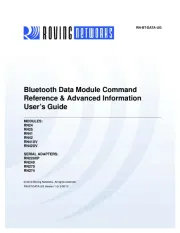
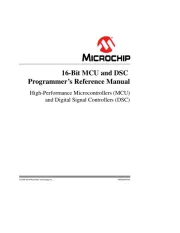

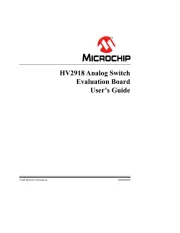
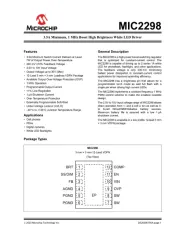
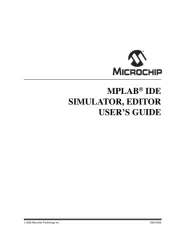

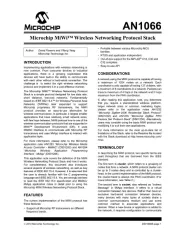
Ikke kategoriseret Manualer
- Parasound
- Prenatal
- MIPRO
- SiriusXM
- Plustek
- Glide Gear
- IMG Stage Line
- Sound Machines
- Christmaxx
- Nabo
- Aida
- Mr. Heater
- RCA
- Symmons
- Naim
Nyeste Ikke kategoriseret Manualer









